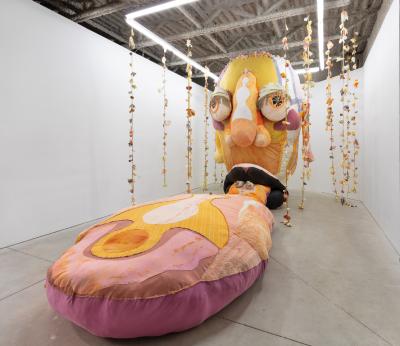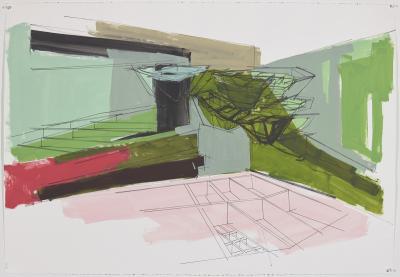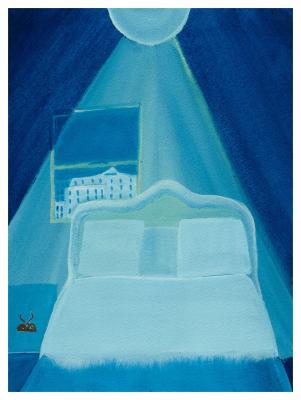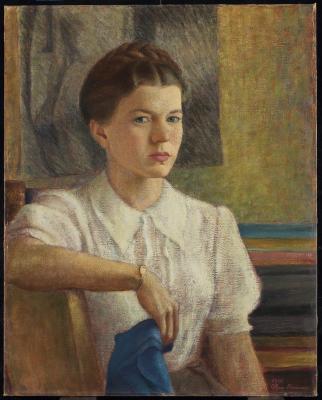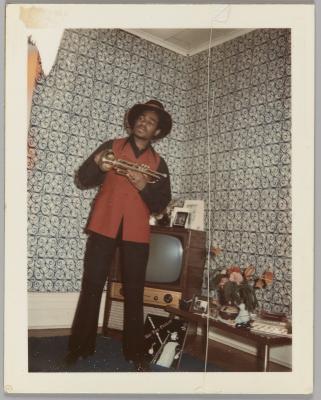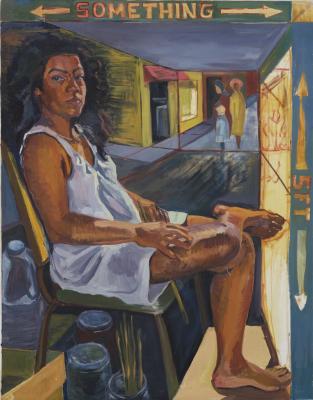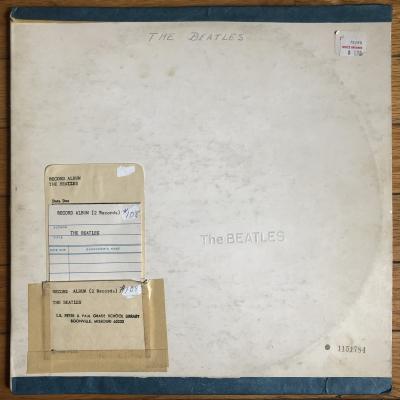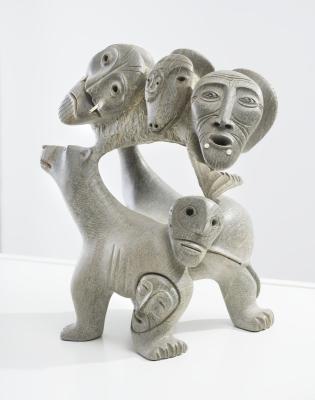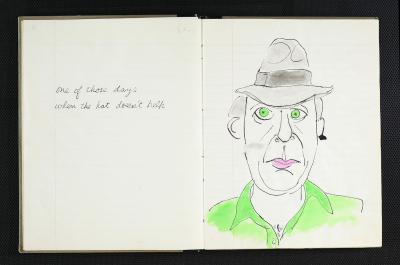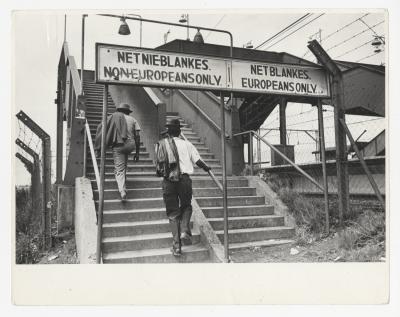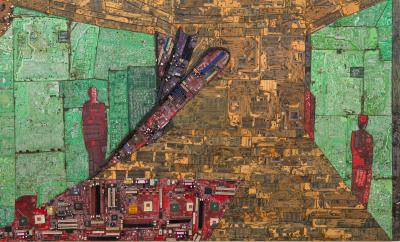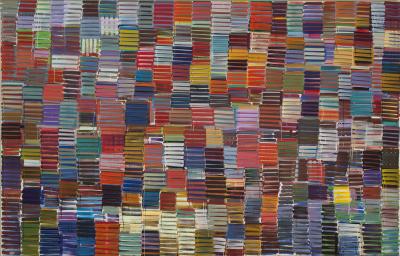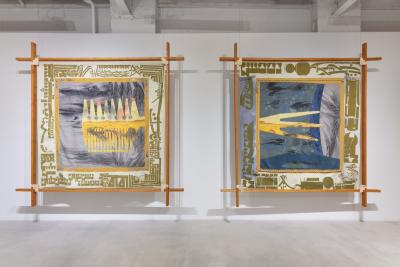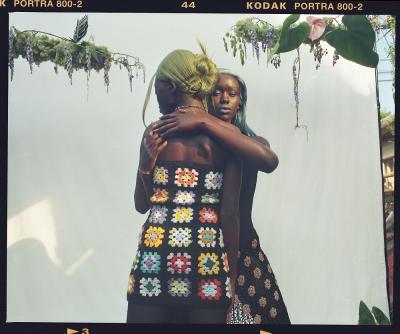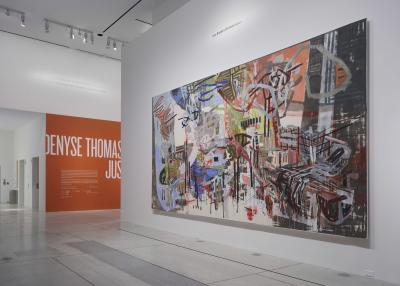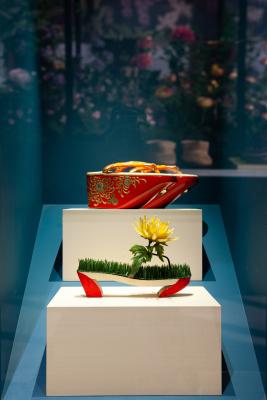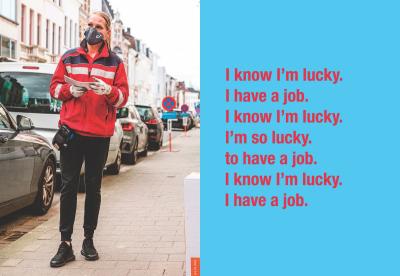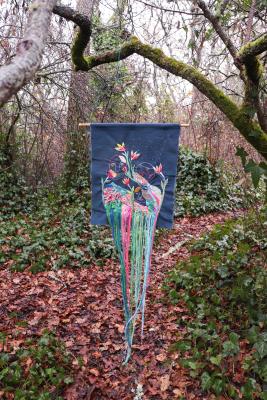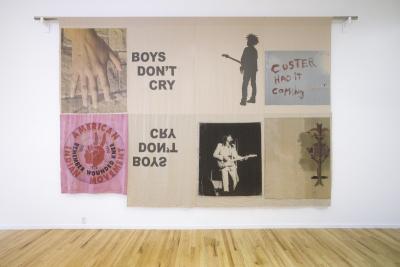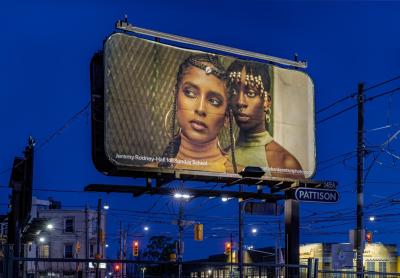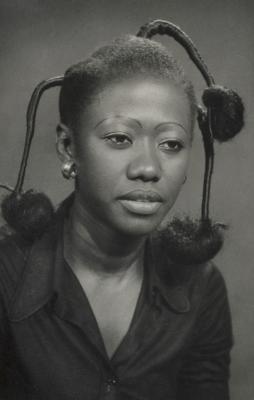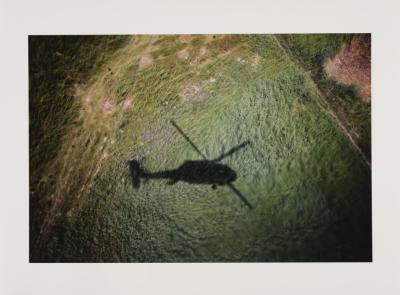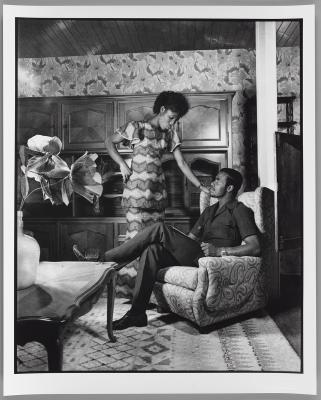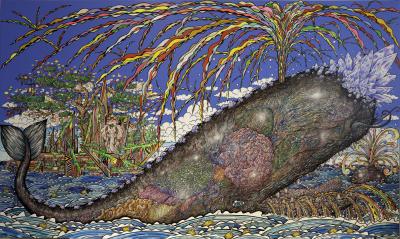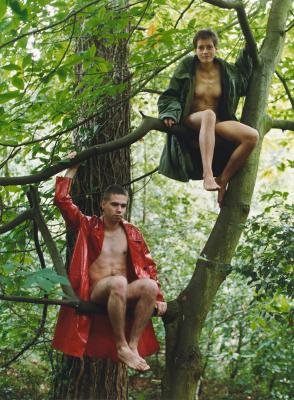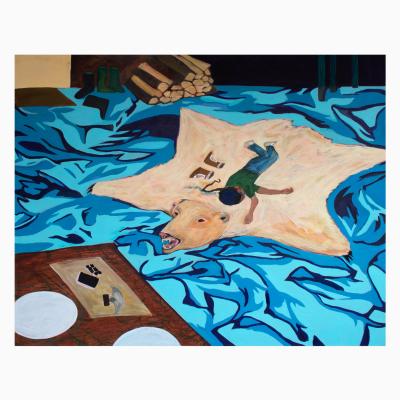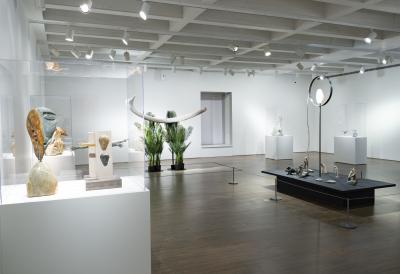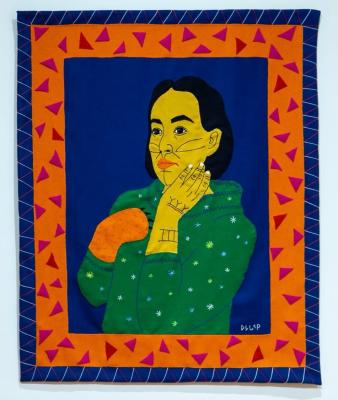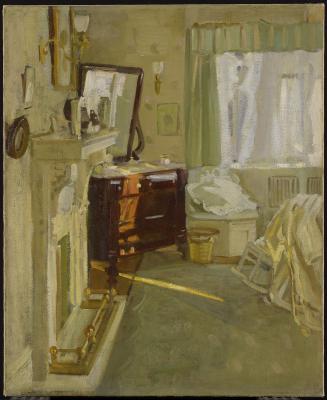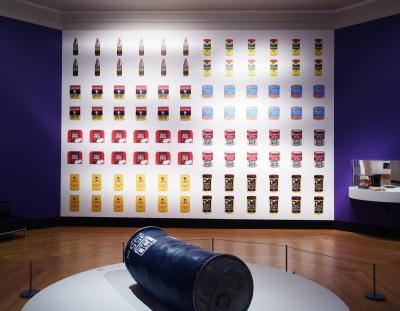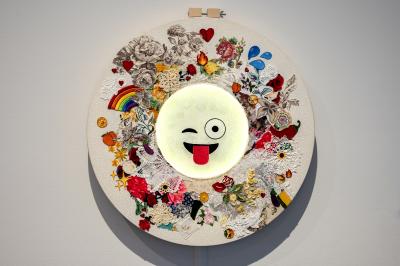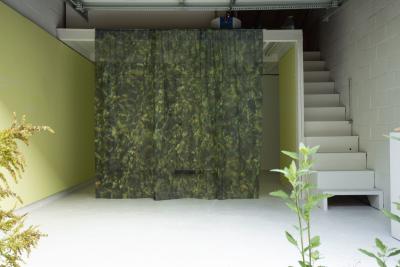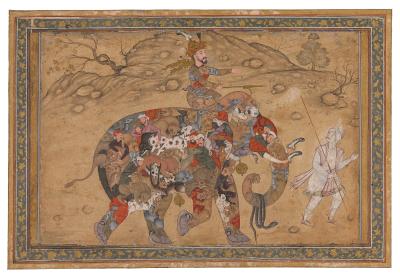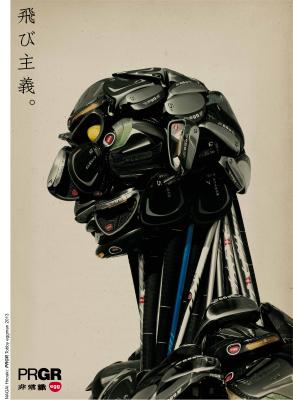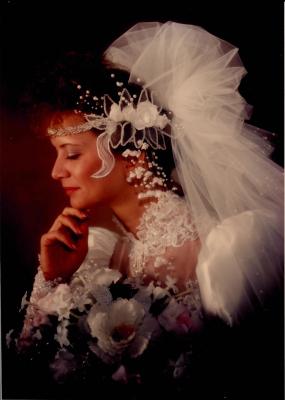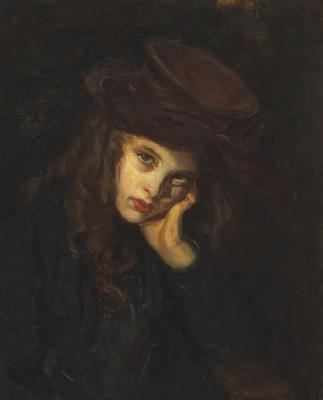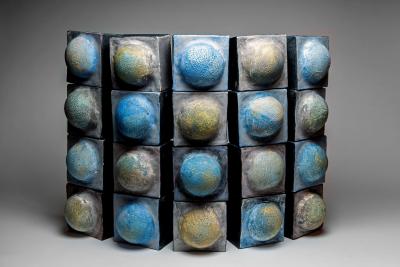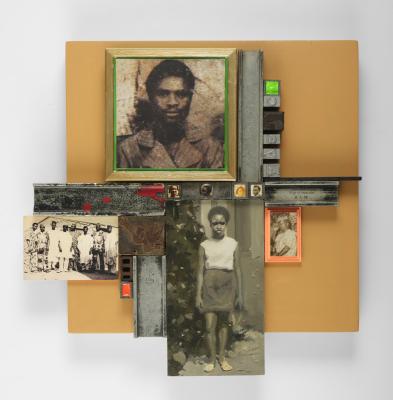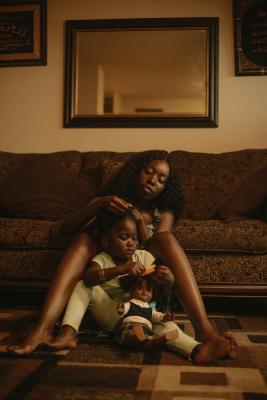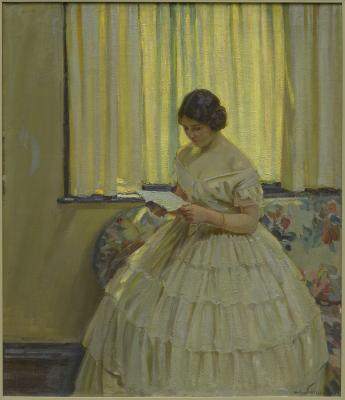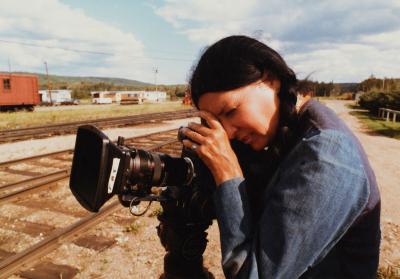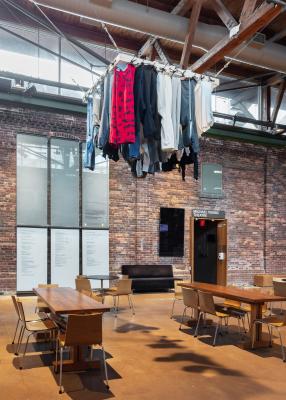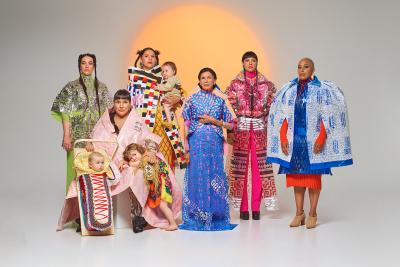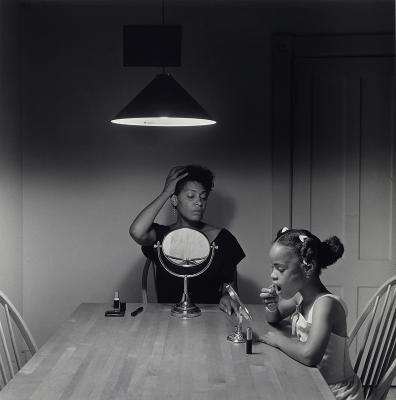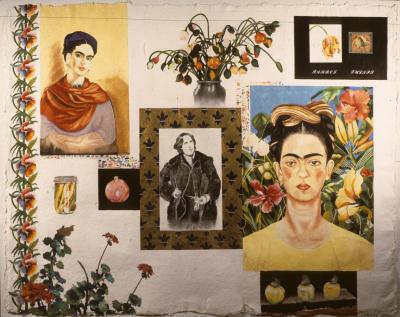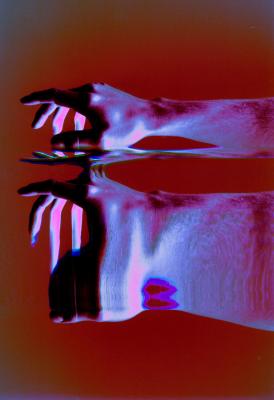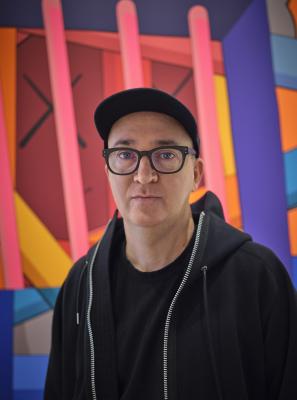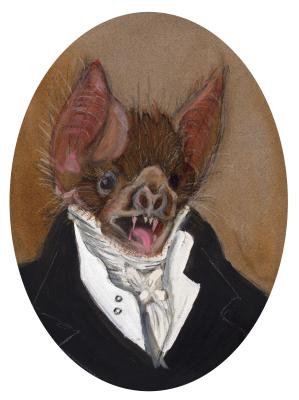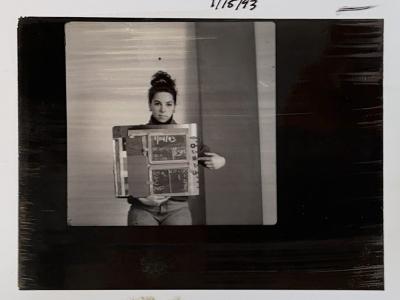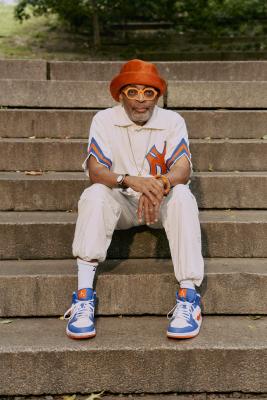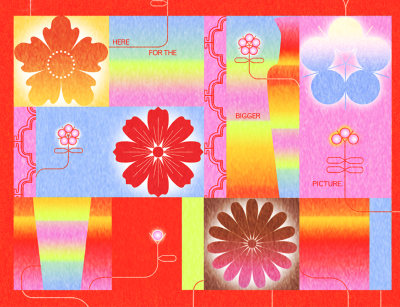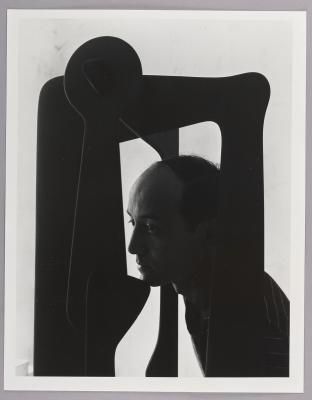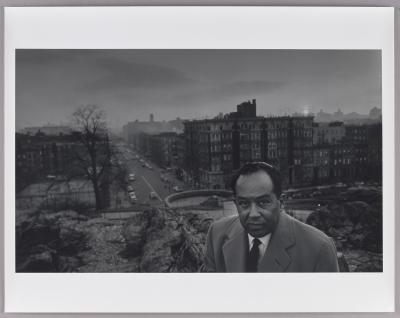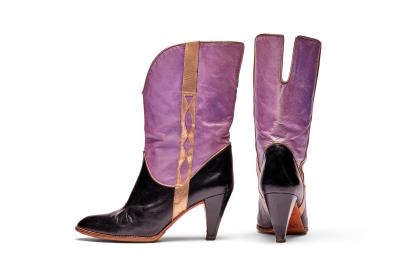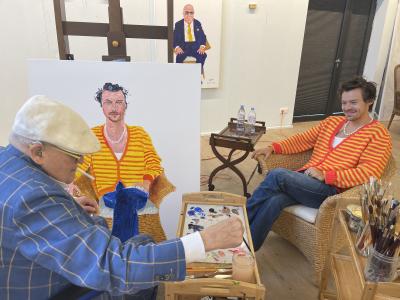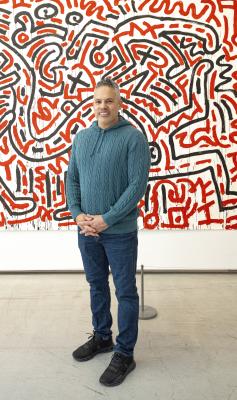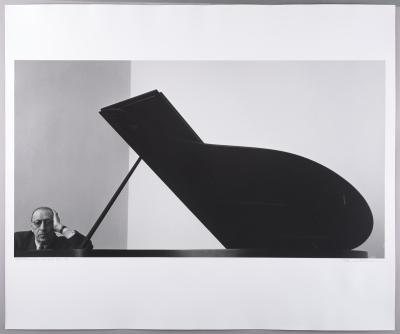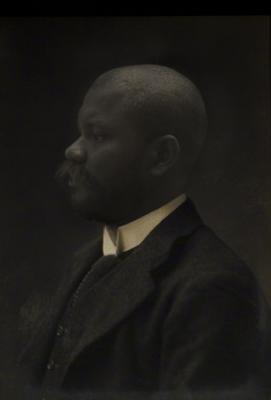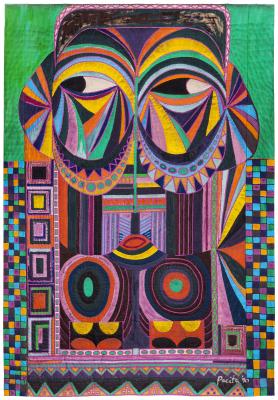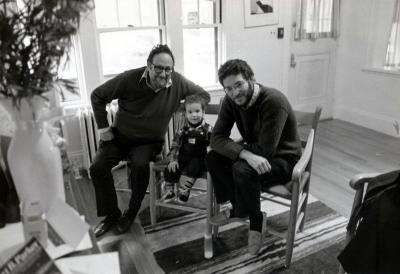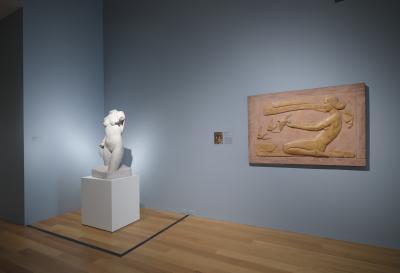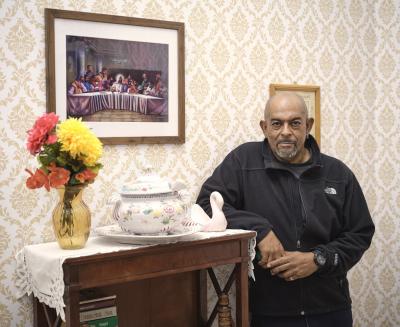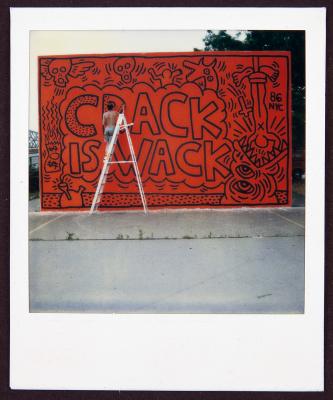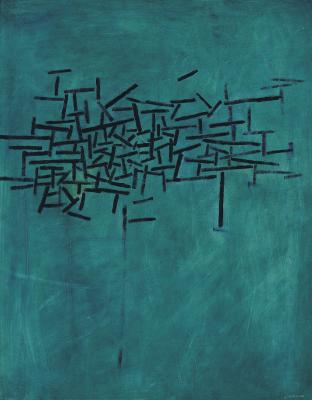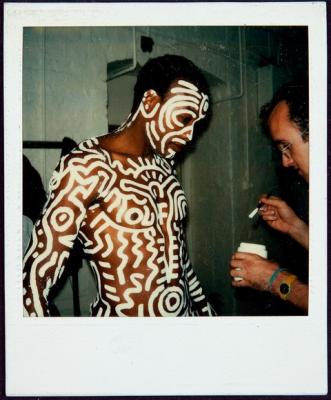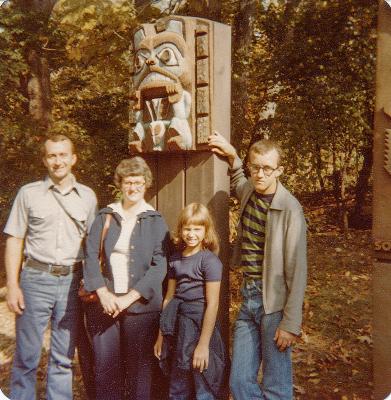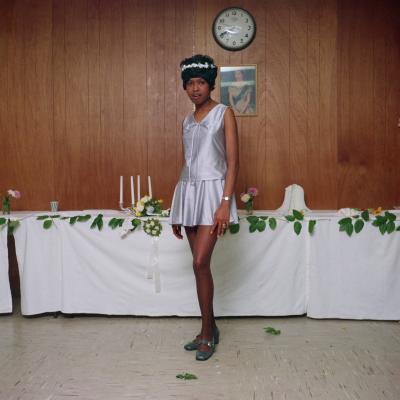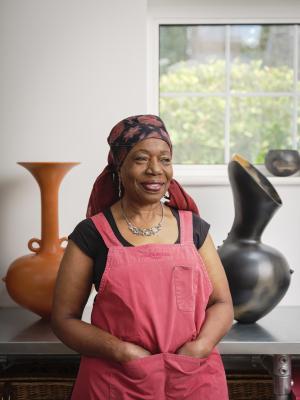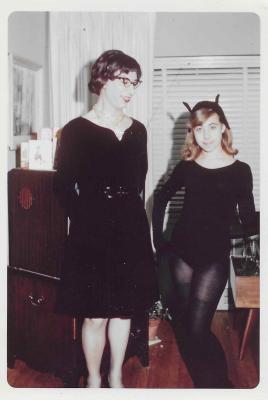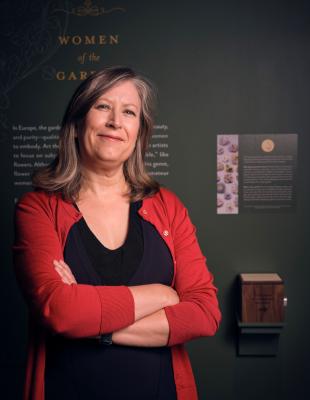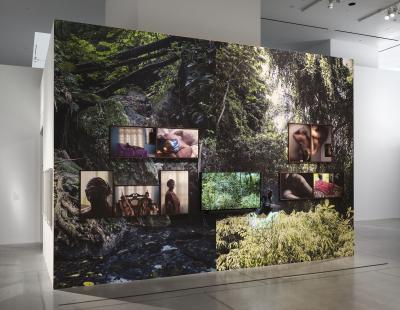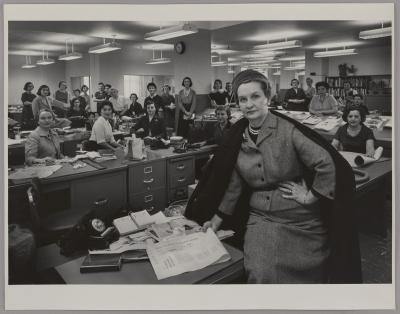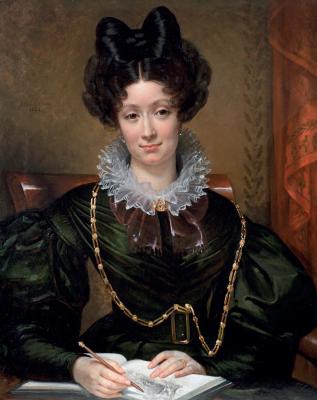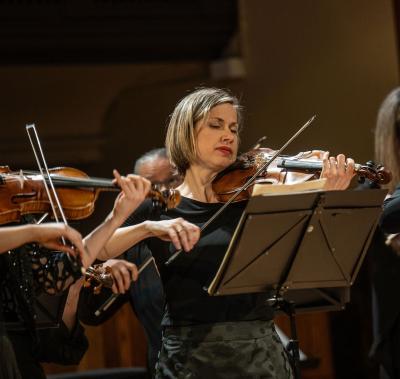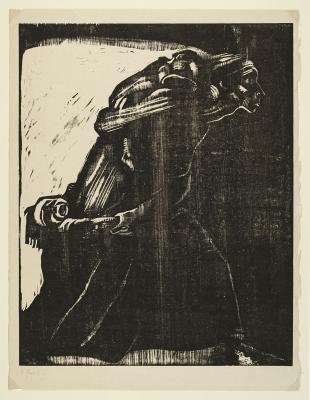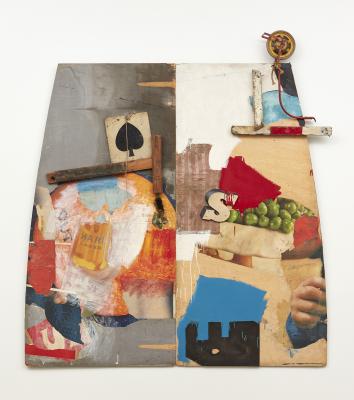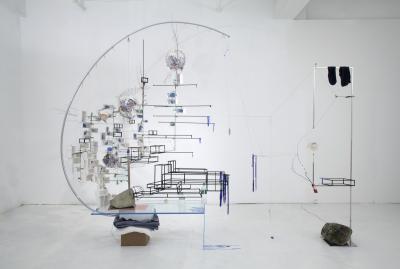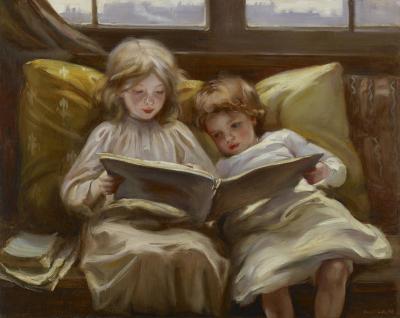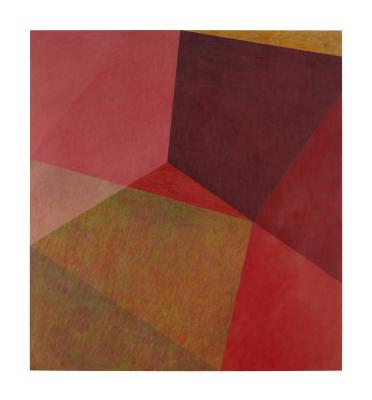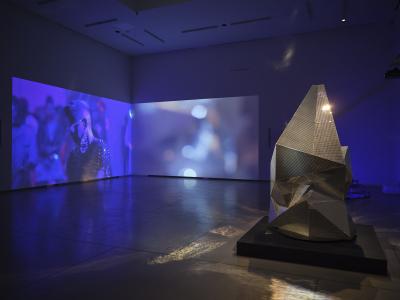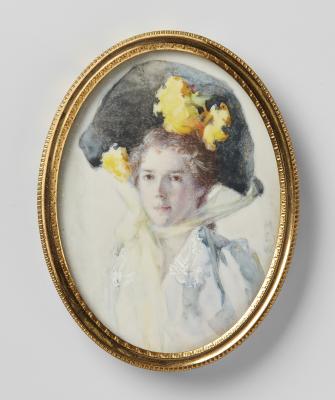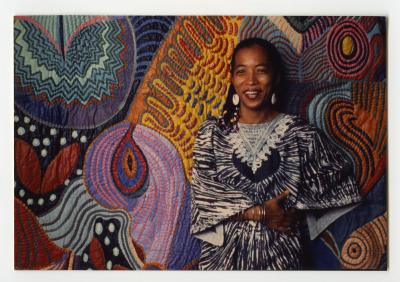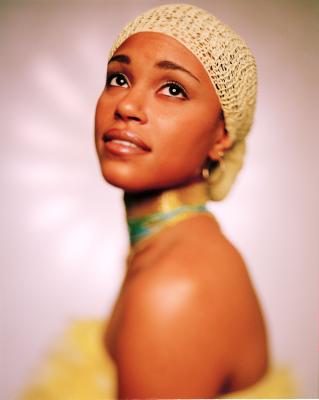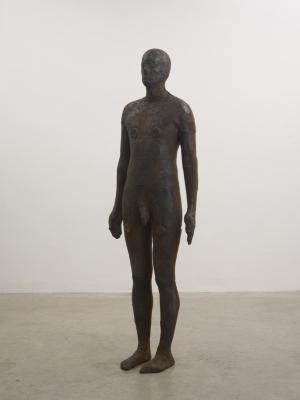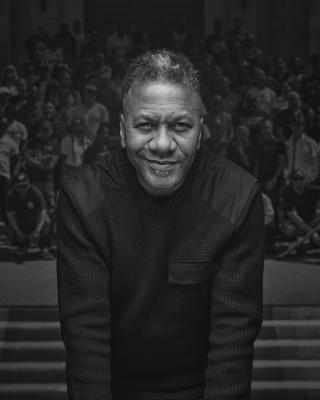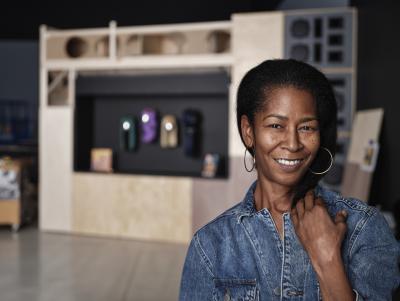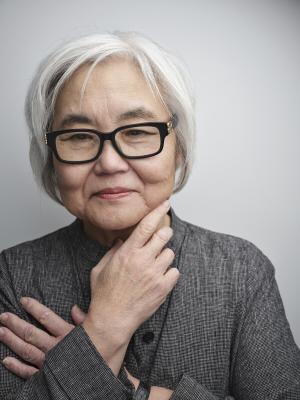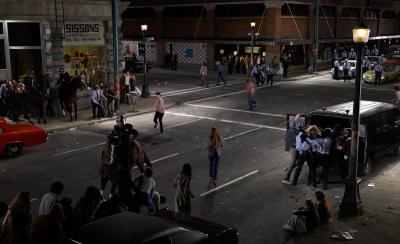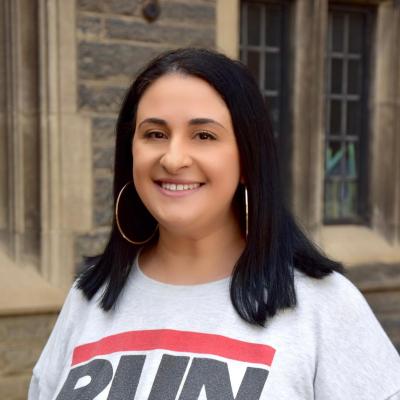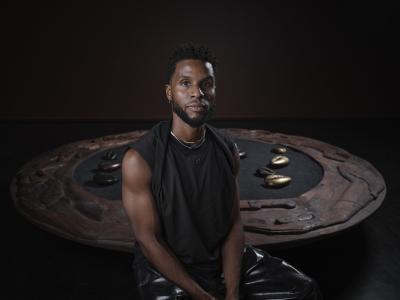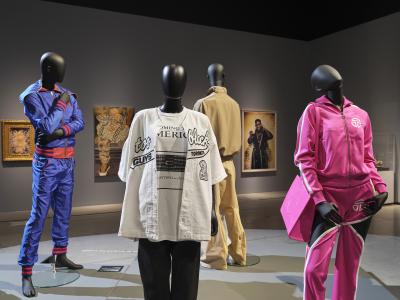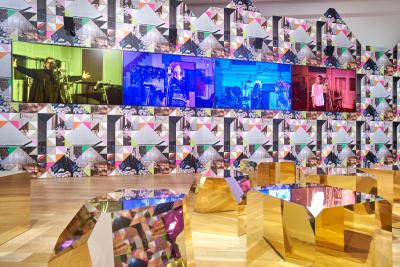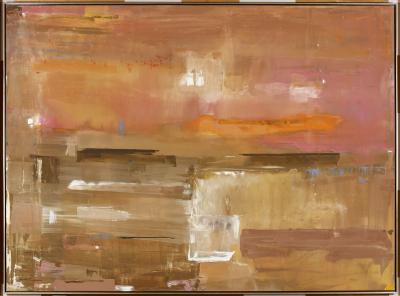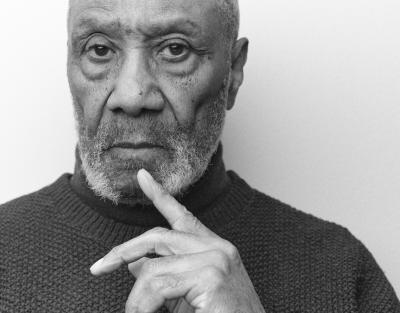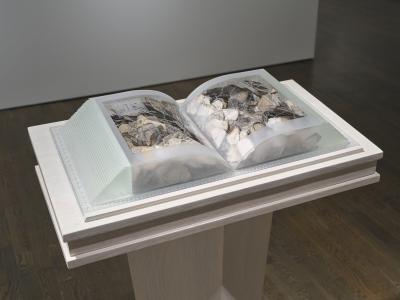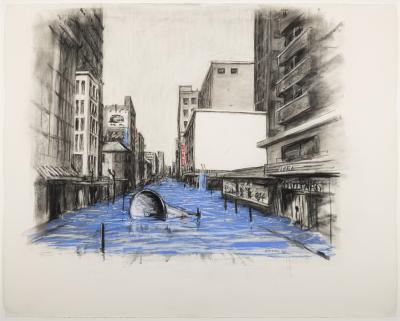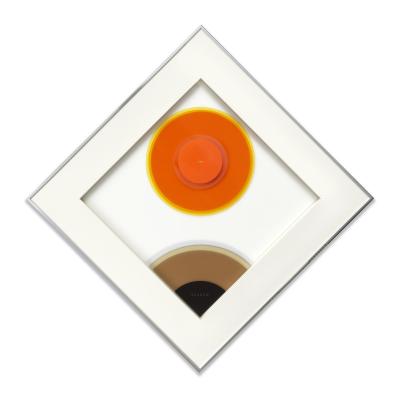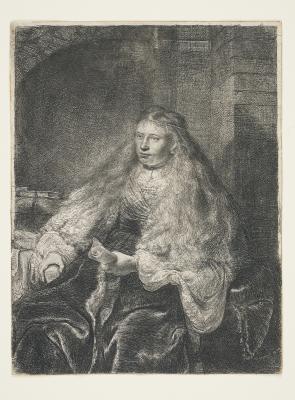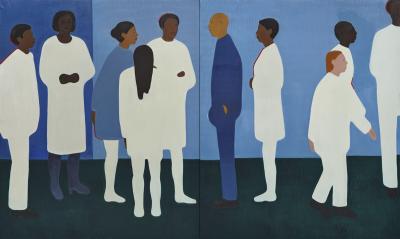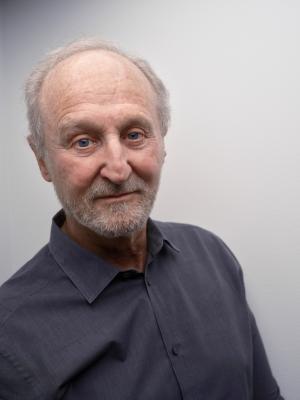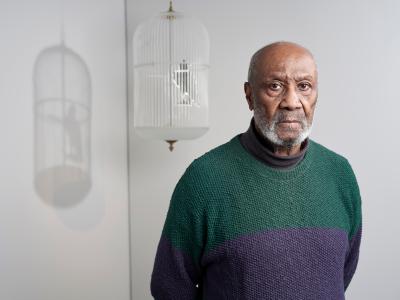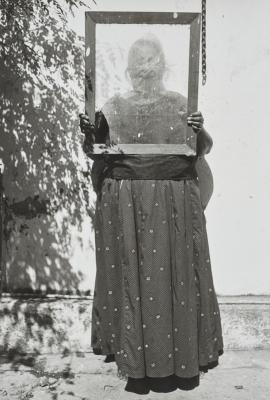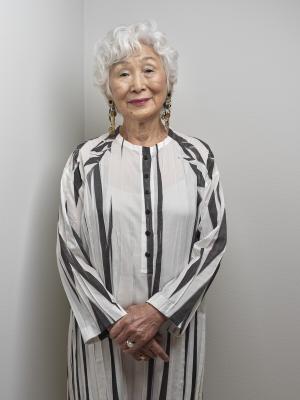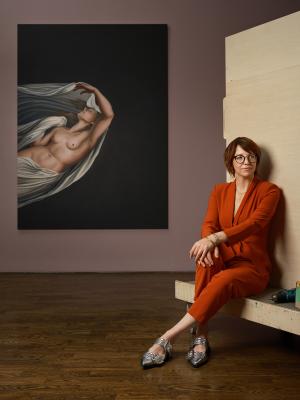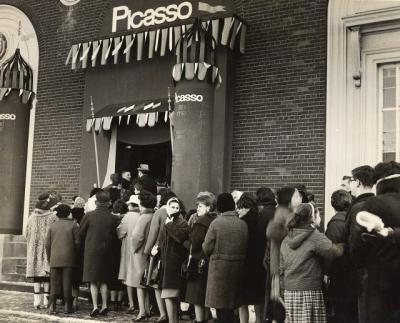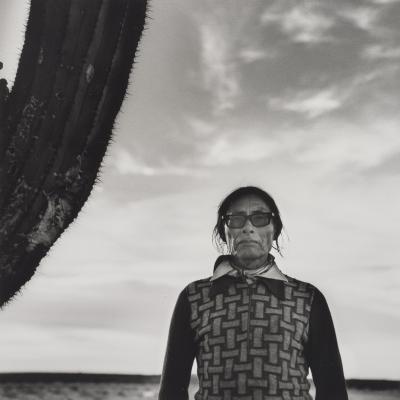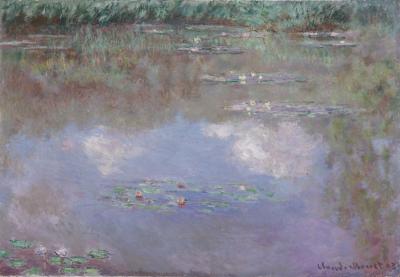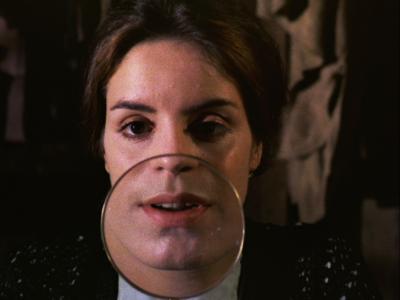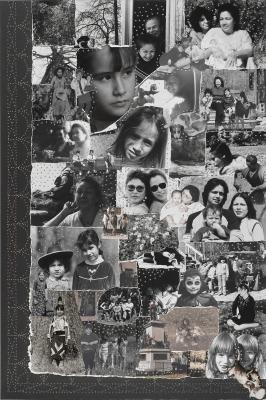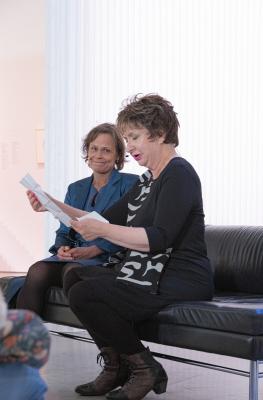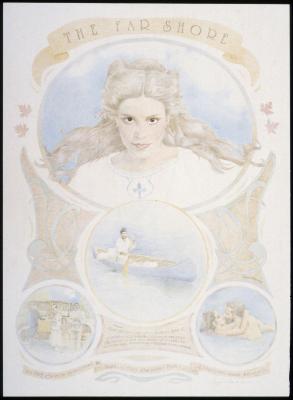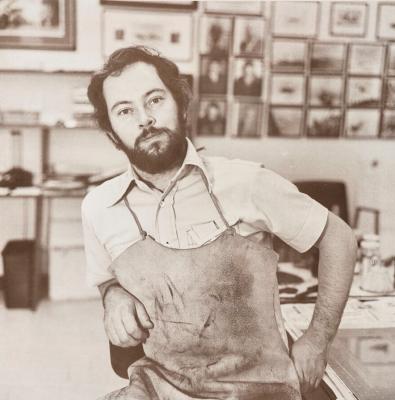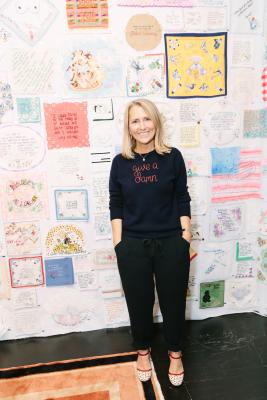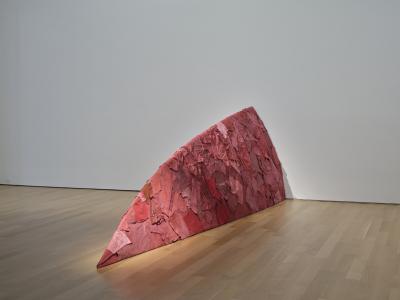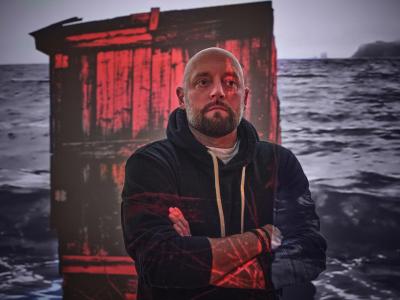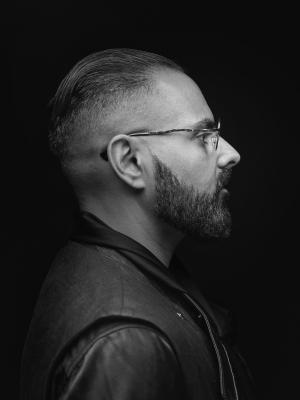Presenting Making Herself Heard
Cristina Zacharias of Tafelmusik talks Baroque music, women musicians, and performing at the AGO on June 28
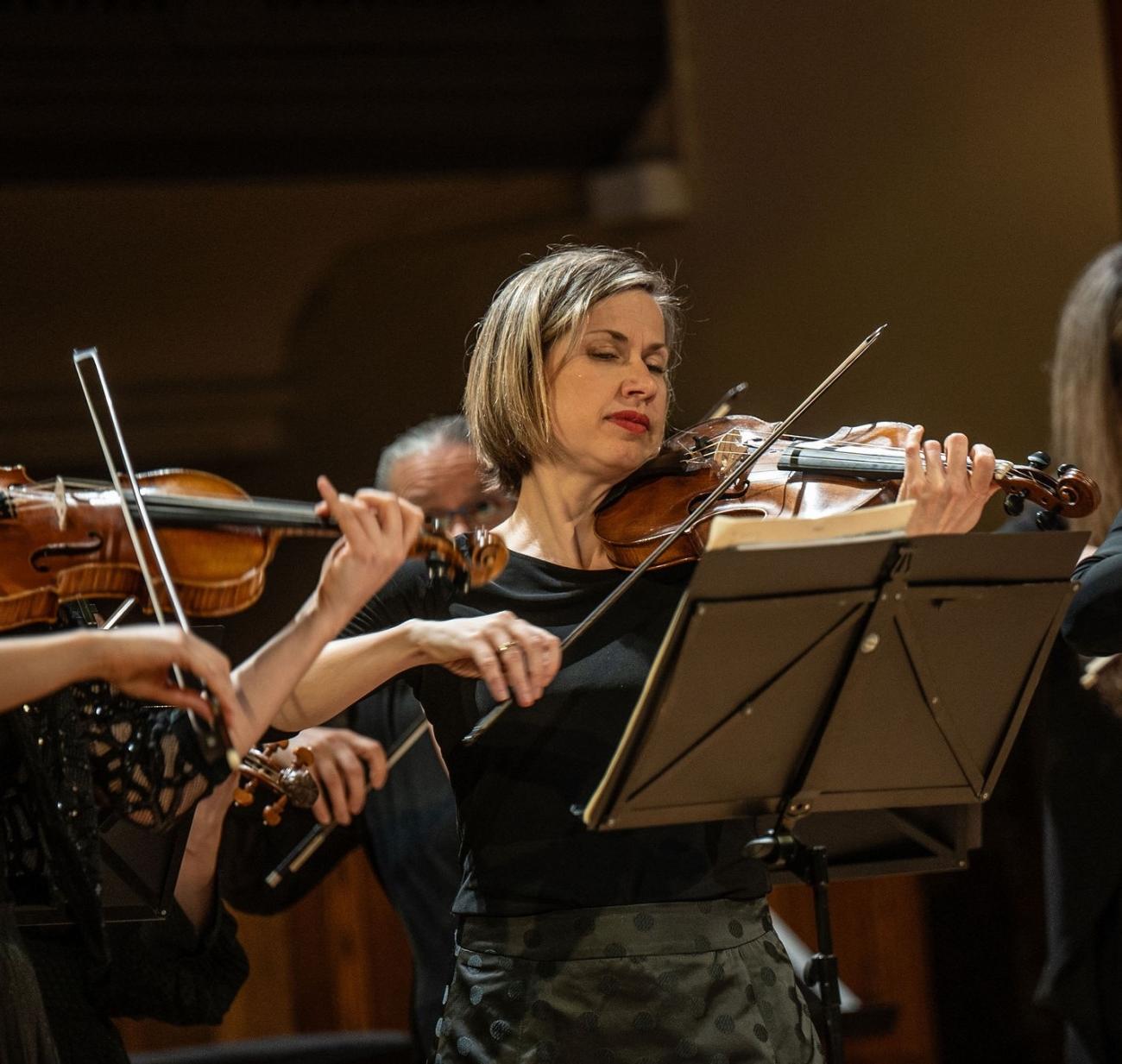
Cristina Zacharias, violin and Artistic Co-Director, Tafelmusik Baroque Orchestra. Photo credit: Dahlia Katz
Upon entering the exhibition Making Her Mark: A History of Women Artists in Europe, 1400–1800, visitors are greeted with an instrumental soundtrack as they encounter art made by women artists and makers from pre-modern Europe. The soundscape comes courtesy of Tafelmusik, Toronto’s world-renowned period orchestra and choir, and features music composed by women in the 1600s and 1700s. Like the women artists and makers included in Making Her Mark, women composers and musicians in the Baroque era also tackled barriers in their respective industries. In a unique tribute, Tafelmusik celebrates the compositions of women long-overshadowed, playing music by Élisabeth Jacquet de la Guerre (1665–1728), Antonia Bembo (around 1640–1720), Caterina Assandra (around 1590–after 1618), and Mrs. Philarmonica (active 1715).
Tafelmusik specializes in Baroque music composed between 1600 and 1750, Classical and early Romantic music composed between 1750 and 1820. The ensemble performs in styles and on instruments that would have been familiar to the original composers and audiences to retain the music's authenticity. These instruments are either original to the 17th to 19th century or carefully constructed reproductions. By creating these historically informed performances, Tafelmusik aims to gain a deeper understanding of the music and its origins, while bringing their contemporary experiences and personal expressions.
On Friday, June 28, at 7 pm, a quartet of Tafelmusik musicians will perform their live program Making Herself Heard, a musical tribute to baroque-era women composers at the AGO in Walker Court on Level 1. The performing musicians include violinists Geneviève Gilardeau and Cristina Zacharias, cellist Michael Unterman, and harpsichordist Charlotte Nediger.
Cristina Zacharias, violinist and Artistic Co-Director of Tafelmusik shared her perspective on the Baroque and Classical era, the history of women musicians and Tafelmusik’s collaboration with the AGO.
Foyer: Can you briefly describe the historical presence of women in Baroque music?
Zacharias: Just as women have always been artists, women have always been musicians. Depending on the details of when and where they lived, women in the Baroque era experienced many barriers to participation in the music-making of their culture and were also unjustly ignored in written histories of their own time. The women represented in our program Making Herself Heard found paths that allowed them to pursue their musical gifts despite these barriers, by joining a convent, by exiling themselves from their communities, and by leveraging their talent to find a wealthy patron. We also explore the crucial role that women played in the publication and preservation of music from their time, as copyists and engravers.
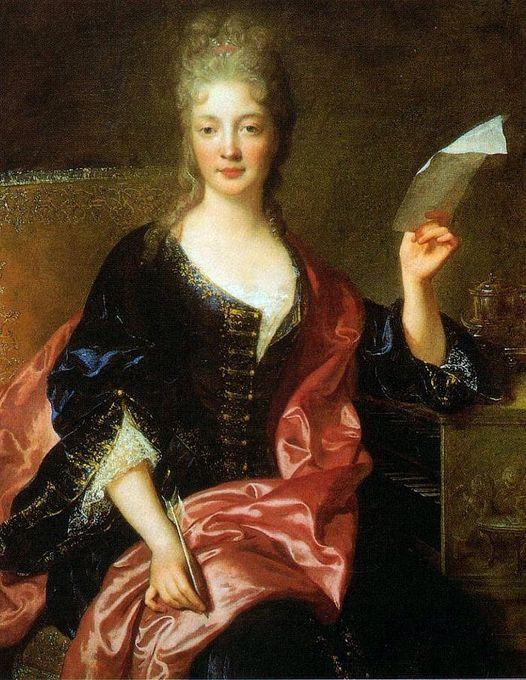
François de Troy, Portrait of Composer Elisabeth-Claude Jacquet de la Guerre, late 17th – early 18th century. Oil on canvas.
How do you feel that has changed since the emergence of music ensembles like Tafelmusik?
There is a lot of very exciting research happening now to uncover the works of women musicians from the baroque and classical eras. Tafelmusik’s program Making Herself Heard has been a fascinating and enlightening journey into the lives of some of the composers whose works did not receive the attention they deserved in their own time. Our world of historically informed performance has always had a strong focus on discovery, so this type of exploration is very familiar to us and has long been part of our process for uncovering “new” repertoire to bring to life in performance.
What attracted you to work in Baroque music? What was the process of learning it?
I was attracted to the world of historically informed performance firstly because of the music itself – the musical aesthetics of the Baroque and Classical eras resonated deeply for me through well-known works of Bach, Haydn and Mozart. As I started to explore a bit more, it was the sense of collaboration and freedom in the music-making that caught my attention. I love the sound opportunities that come from playing on a Baroque violin, and the imagination required to bring this music to life.
How does it feel to have your music playing inside Making Her Mark, surrounded by art made by women and performing in Walker Court?
It was truly thrilling to hear our recording the first time I walked into the Making Her Mark exhibition! It also felt completely natural – like an auditory extension of the exhibition itself. Walker Court is a beautiful performance space. I noticed in our concert a few weeks ago that the shape of the wood on the staircase above our heads created some particularly gorgeous acoustics. It’s a space with a very special energy, the combination of the art and the way the audience is wrapped all around us makes for a wonderful atmosphere. I’m told that the first time Tafelmusik performed in Walker Court was about 35 years ago, we’re very happy to be continuing this long tradition!

Music manuscript from 17th-century composer Antonia Bembo.
Visitors can see Tafelmusik perform their live tribute Making Herself Heard in Walker Court on Friday, June 28 at 7pm at the AGO on Level 1. The performance is included in General Admission.
Making Her Mark: A History of Women Artists in Europe, 1400–1800 is co-organized by the Art Gallery of Ontario and the Baltimore Museum of Art. The AGO presentation is on view on Level 2 through July 1. The exhibition is co-curated by Dr. Alexa Greist, AGO Curator and R. Fraser Elliott Chair, Prints & Drawings and Dr. Andaleeb Banta, BMA Senior Curator and Department Head, Prints, Drawings & Photographs.

